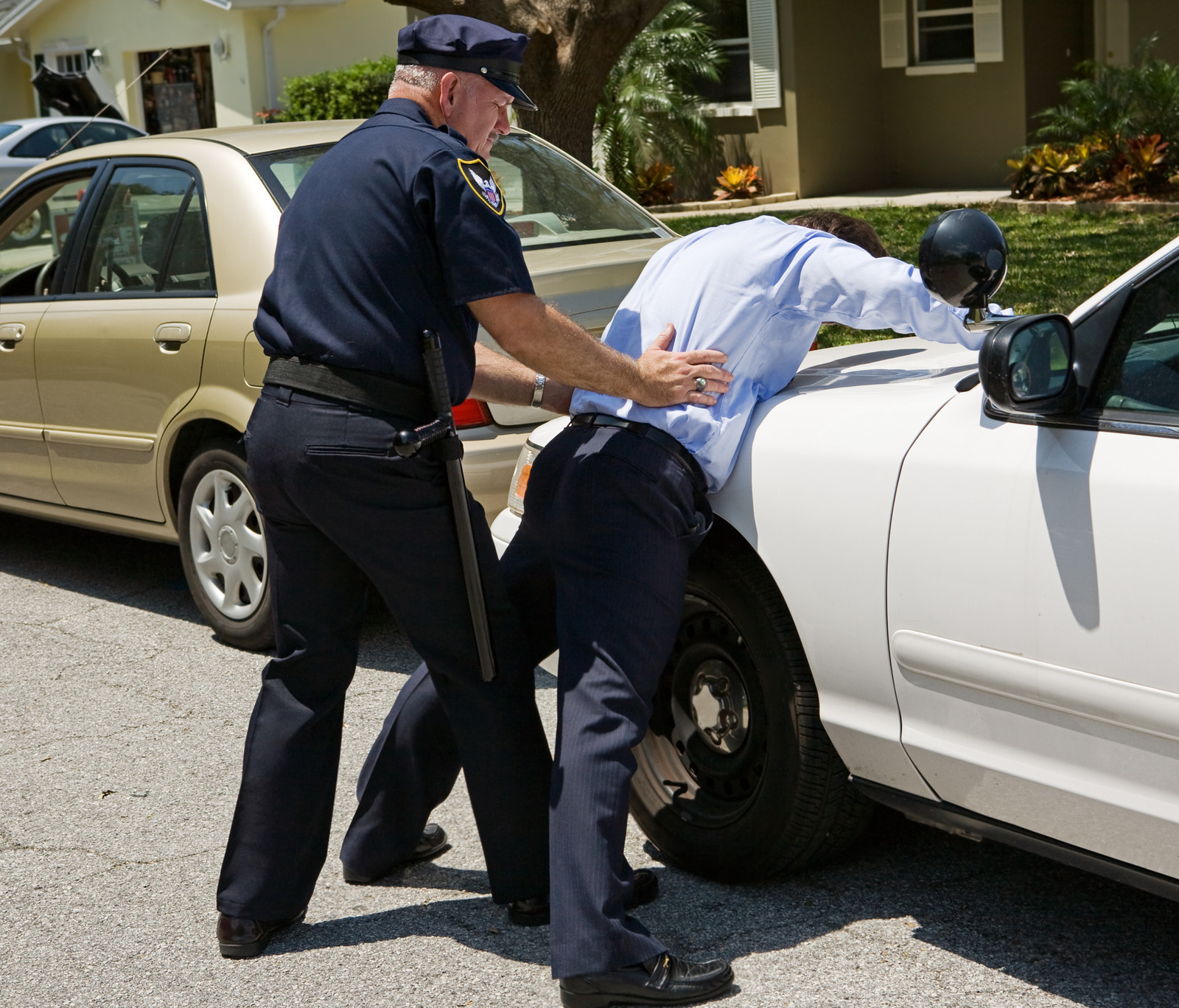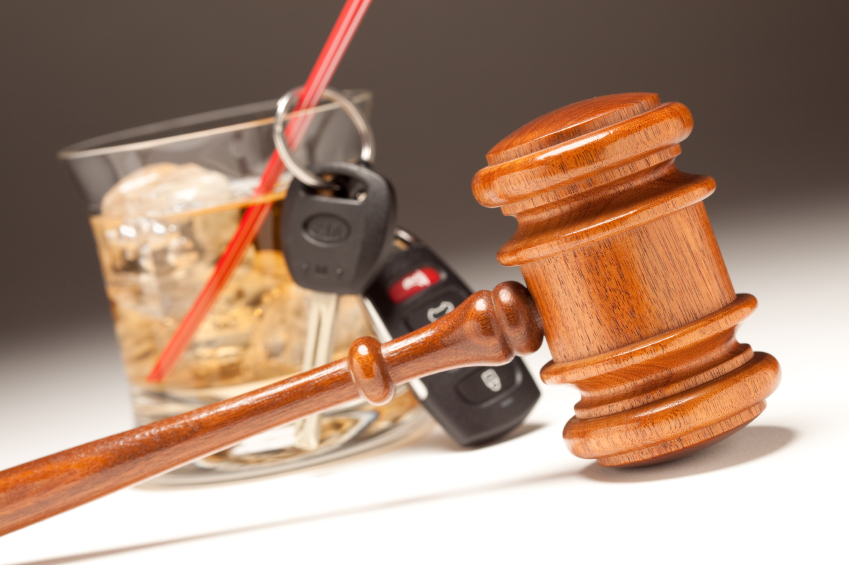Best DUI and Field Sobriety Testing Guide
Field sobriety tests are administered to determine whether or not police have enough probable cause to arrest you for driving under the influence of drugs or alcohol. The National Highway Traffic Safety Administration or NHTSA has established standardized and non-standardized field sobriety tests. This guide is to help you understand field sobriety testing when being investigated for DUI.
Standardized field sobriety testing include the One Leg Stand, Walk and Turn, and the Horizontal Gaze Nystagmus.
Non-standardized tests might include counting backwards, saying portions of the alphabet, or a finger dexterity test. NHTSA does not necessarily condone these tests, but does state that they are not as effective as the standardized tests.
NHTSA approved Field sobriety tests themselves can be difficult to preform sober, especially if you have had surgery on anything that could effect walking or balance, if you are performing the tests in high heels or dress shoes, or if the ground you are performing them on is slanted, icy, or covered in gravel.
The standardized field sobriety tests are listed below and can be found in the U.S. Department of Transportation’s National Highway Transportation Safety Administration manual titled, DWI Detection and Standardized Field Sobriety Testing.
Horizontal Gaze Nystagmus
Horizontal Gaze Nystagmus or HGN is the eye test a police officer may ask you to preform during the field sobriety testing to determine if you are driving under the influence of alcohol.
The HGN test was created by the National Highway Safety Traffic Administration and is designed to detect clues of alcohol consumption. It cannot determine the amount that was consumed although some believe that a blood alcohol estimate can be made.
Did I Pass the Horizontal Gaze Nystagmus test?
Many clients believe that they have passed the HGN eye test when in fact they have not. The officer is not testing your ability to follow his pen and keep your head straight.
Nystagmus is an involuntary jerking of the eye. There are many causes of Nystagmus; alcohol consumption is one of them, which is why it is used to detect drunk driving.
If you are exhibiting signs of alcohol consumption your eyes will not be able to smoothly purse the stimulus and will involuntarily jerk. If your exhibit the clues nystagmus you did not pass the HGN test.
The officer is looking for six “clues” of intoxication, three in each eye.
Lack of Smooth Pursuit – The officer moves the object from the center of the subject’s face towards their ear. The eye should smoothly follow the object, but if the eye exhibits nystagmus, the officer notes the clue. The officer then checks the other eye. This test is repeated.
Distinct Nystagmus at Maximum Deviation – Starting from the center of the suspect’s face, the officer moves the object toward the left, bringing the eye as far over as possible, and holds the object there for four seconds. The officer notes the clue if there is a distinct and sustained nystagmus at this point. The officer holds the object at maximum deviation for at least four seconds to ensure that quick movement of the object did not possibly cause the nystagmus. The officer then checks the right eye. This test is repeated.
Angle of Onset of Nystagmus Prior to Forty-Five Degrees – The officer moves the object at a speed that would take about four seconds for the object to reach the edge of the suspect’s left shoulder. The officer notes this clue if nystagmus begins prior to maximum deviation Forty-five degrees from center is at the point where the object is in front of the tip of the subject’s shoulder. According to NHTSA, if the officer observes this clue, there is a greater likelihood that the driver’s blood alcohol content is a .08 or more.
If the HGN wasn’t preformed properly the jury should disregard it.
Walk and Turn
The walk and turn is broken down into two stages: the instructional stage, and the walking stage.
In the instructional stage the subject has to stand with their feet heel-to-toe, with their hands at their side, while the officer explains the instructions.
In the walking stage the subject walks nine heel-to-toe steps, turns on their front foot while using the read foot to take several small steps.
The test is broken down into eight clues that indicated impairment:
Cant balance during instructions
- Starts too soon
- Stops while walking
- Doesn’t touch heel-to-toe
- Steps off the line (could be imaginary)
- Uses arms to balance
- Loses balance on the turn or turns differently than told
- Takes the wrong number of steps
NHTSA considers the person to have failed the Walk and Turn if they step off the line three or more times, they are in danger of falling, or they cannot preform the test. In a police report it is common for an officer to comment on how a person preformed on the test but never conclude whether or not they passed or failed the test.
One-Leg Stand
The walk and turn is broken down into two stages: the instructional stage, and the balance and counting stage.
In the instructional stage the subject stands with their feet together, with their hands at their sides, while the officer explains the instructions.
In the balance and counting stage the subject raises one leg, and holds it roughly six inches off the ground while counting out loud for 30 seconds.
The test is broken down into four clues that indicate impairment:
- Sways while balancing
- Uses arms to balance
- Hops
- Puts foot down
NHTSA considers the person to have failed the One Leg Stand if they put their foot down three or more times, or they cannot preform the test. The NHTSA manual doesn’t mention accurate counting but officers will mark someone down if they cannot count correctly.
Attorney Boria has been certified through the same NHTSA training as police. Attorney Boria is also trained in chemical testing and spends countless hours each year in continuing education and training for criminal defense.




